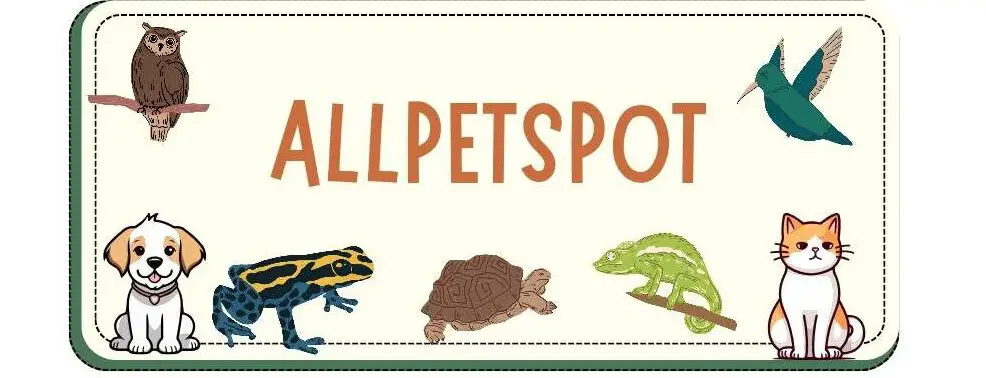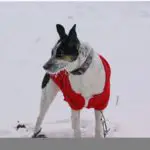Dog lovers always ask are Pugs good with kids, and the answer is yes, Pugs make great pets for kids.
In this post, we will outline helpful tips to help kids to get along with pugs.
We will also explore simple ways to integrate Pugs with kids, and we will outline some advantages of getting pug for kids.
Before we proceed, let me quickly answer your question are Pugs good with kids, then we continue with other things.
Are Pugs Good With Kids
Pugs are a non-aggressive dog breed that is frequently gentle with children, they are loving and sociable, while still eager to play with kids, making them an ideal dog breed for families with children.
Since they are little dogs, they may be easily and accidentally wounded by children who are rough with them, it is critical that all kids learn correct Pug behavior.
The Pug, when properly taught and socialized, likes the company of other dogs and maybe trusted with cats, bunnies, and other small animals.
Like peanut butter and jelly, dogs and children complement one other. Children enjoy dogs, and dogs adore children.
Why Pugs are good pets for kids
Here are some of the most prevalent advantages or benefits of acquiring a Pug as a pet for children:
1. Pugs allow kids to pick them up
Being picked up is one of the difficulties that little dogs experience; nevertheless, a well-taught and socialized pug does not have this issue.
This is a huge advantage of getting a pug for your kids, as they will never have any problems playing with them.
Before permitting them to be around your children, make sure they’ve been properly socialized and that you teach your kids how to handle them.
Pugs, on the other hand, need to be socialized from the time they are pups in order to feel at ease among children and other animals.
2. Pugs adjust well to kid’s schedules
Pugs are one of the greatest dogs because they adjust fast and stick to a routine.
They like to do things when the time is appropriate, and you don’t have to keep doing things over and again with pugs.
When it’s time to sleep, a well-trained pug will promptly go to his or her bed but may try to wake you up as soon as possible.
They’ll always remind your kids what’s next in their agenda by conducting activities that lead up to it. They’re really clever.
3. Pugs can help kids get more exercise
When your child has a pug, he or she will be able to get more exercise because dogs like running around with children.
Children require activity to remain healthy and happy, and pugs require only a little exercise to remain happy, so having a pug for your children is a win-win situation.
Pugs may be small but can fit into your kid’s life such that they can play together and give each other more exercise time by just running around.
Pugs, despite their small stature, are remarkably tough. They’re little animals that aren’t very bothersome to children.
This breed is seldom observed kicking children or injuring them in a fun manner. They are, nevertheless, strong enough to withstand naughty children.
During playing, children might become engrossed in the game and lose sight of their playmate’s stature. Pugs, thankfully, can readily avoid a little roughhousing.
4. Pugs can help kids with depression or stress
Kids who are worried might relax if they have a little breed of dog to keep them company, such as Pugs.
Pugs enjoy playing with children and jumping all over them, which may be beneficial to children who are stressed.
Pugs can help your child deal with despair and frustration, but you must first train your pug to bond with your kids.
5. Pugs teach patience and trust to children
Pugs may increase a child’s self-esteem while also instilling a feeling of responsibility.
Pugs also teach your children how to care for them, which helps them develop trust and patience.
6. Pugs are naturally sociable to kids
Pugs are friendly to outsiders, but they have an unique affinity with the kids who care for them.
Pugs would go to great lengths to find and hunt down their favorite children in their home.
When pugs play with children, they have a reputation for following them around the house.
A Pug greeting children at the front entrance is also not uncommon.
Pugs almost appear to be able to thank the children with whom they play or who feed them!
7. Pugs are naturally affectionate towards kids
They have a kind, loving nature, which makes them ideal for families with children.
They are dedicated to their owners and form close bonds with them. Pugs are known for being too attached to their owners.
Pugs express their love by quietly winking, weaving their tails, purring, bunting, or rubbing their heads and noses against you.
If you want a Pug that will shower you with attention and never tire of you, a Pug is the correct choice for you.
If you require a dog that can be left alone at home for more than 7 hours, the pug is not the breed for you.
8. Pugs are naturally calm
A worried dog and a hyperactive child do not mix.
Several canines have a propensity of being the family’s child rather than the human-born child.
As a result, we’ll have to discipline two parties to remain quiet and well-behaved. That in and of itself is a Tremendous job for parents.
Pugs are one of the quietest dog breeds. When you have new-borns or toddlers in the house, this is ideal.
If a dog barks too often or too loudly, it might startle children. This is never an issue with Pugs. They’re a breed that’s really forgiving.
Pugs never bark indiscriminately. They only bark in a few well-defined conditions.
When they see someone new, for example, they will utilize their small voice chords.
Pugs are also particularly protective of children.
When a stranger approaches a youngster, expect a harsh growl. They are good for kids because of this feature.
Drawbacks in getting Pugs for kids
Here are a few things to think about before acquiring a Pug for your children:
- Strangers who come to see your children may terrify or intimidate your pugs.
- Pugs are notorious for their tenacity, which may make training difficult for children.
- Pugs can develop play aggression and accidentally hurt kids when they are playing.
- Loud noises can frighten Pugs, and your kids may like screaming or making loud noises.
- Pugs are prone to heat exhaustion, and kids may overplay with them, resulting in future respiratory difficulties.
How to teach kids to get along with Pugs
Here are some general guidelines to teach your kids how to get along with pugs:
1. Teach your children not to scream pugs
Pugs are typically pleasant dogs, therefore loud sounds and yelling may be scary to them.
Therefore, your children must be taught never to scream or yell at their pug.
Screaming or yelling at Pug might result in the following: unnecessary barking, biting and nipping
2.Teach your children not to feed pugs with human foods
Garlic and onions are two of the most poisonous foods for dogs, and they may be found in a variety of cuisines.
In pugs, a tiny quantity can induce stomach distress, but humans are unharmed.
Allowing a pug to eat a bite of your child’s food can lead to begging, which is tough to overcome even with intensive training.
Therefore, your children should be taught not to feed the pugs any of their own food.
3. Teach your kids how to pick up Pugs
Teach your children how to pick up a pug puppy until they are comfortable doing so.
Squat down and cradle the puppy from the side, one hand on the rump and the other on the tummy/chest area softly yet securely.
Make it a point to practice with your kids simultaneously.
Teach your children that when holding the dog, they should not run, spin, leap, or swing it about.
4. Teach your kids how to properly care for Pug
Because pugs are little and cuddly, your children will want to squeeze them, but they are not toys.
Teach your children how to properly care for their pets and to appreciate them as living creatures.
Your children should understand that pugs, like humans, have desires, feelings, and pain.
Without being pushy or restrictive, your children should be able to play with dogs.
5. Teach your kids when to let go Pugs
Teach your kids to leave your Pug alone while it eats, sleeps, or wants some alone time.
Your dog’s growth requires eating and resting, and your puppy will need their own space, so educate your children when to let go.
If your kids are frequently crowded and focused with being around your dog at all times, this might be a great guideline to help build in some natural pauses and relaxation for your puppy.
6. Bring your kids to the pug grooming session
Brush your pug on a weekly basis and after playing with your children to prevent unnecessary shedding.
You should educate your children the basics of brushing depending on their age and your lifestyle or weekly routine.
There’s no reason why your kids can’t help you groom your dog, especially when it comes to washing and combing the coat.
You’ll have a helper who can take on these chores when your child grows older.
I hope your question Are Pugs Good With Kids was answered!
Read more: Pug Separation Anxiety: 8 Signs & Solutions.










